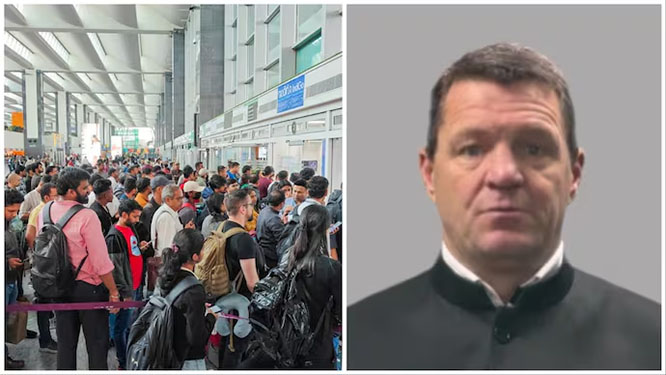New Delhi, Dec 1: The Centre has initiated moves to withdraw its controversial May 23 notification banning sale of cattle for slaughter in livestock markets and will bring an amended version specifying dos and don'ts intended to prevent cruelty to animals and address safety and hygiene issues.
The environment ministry has written to the law ministry seeking its view on withdrawal of the notification so it can bring an amended version in what sources described as a preliminary move. The notification has been stayed by the SC and the official amendment could take a few weeks.
"Final decision on the amended version is awaited as consultations are still going on. The government had made it clear long ago that it would revisit the May notification and bring clarity to the entire issue," an official said. Sources in the environment ministry said talks were held on a suggestion to remove buffaloes from the definition of cattle.
But such a differentiation may not be easy and the discussions only point to the sensitivities of the wider saffron parivar over cow protection. Animals which come under the purview of the notification are cows, bulls, bullocks, buffaloes, steers, heifers, calves and camels.
The inclusion of buffaloes was strongly protested by meat exporters and even state governments like Kerala and West Bengal. The matter reached various hight courts despite repeated clarifications that the notification had nothing to do with a ban on slaughter as animals could still be procured for this purpose directly from farms.
The Madurai bench of Madras HC had stayed the notification within a few days. The SC later stayed the controversial rules issued to ban sale of cattle for slaughter at livestock markets. N GJayasimha, managing director of Humane Society International, India, said, "The government cannot do it arbitrarily. It will have to bring simultaneous amendment (revised notification). Otherwise, we will challenge the move of arbitrary withdrawal of notification in court."
Jayasimha, who was part of the drafting committee of the Regulation of Livestock Market rules, told TOI on Thursday that the ministry would have to bring the draft amendment for stakeholders' comments before notifying it.







Comments
Add new comment